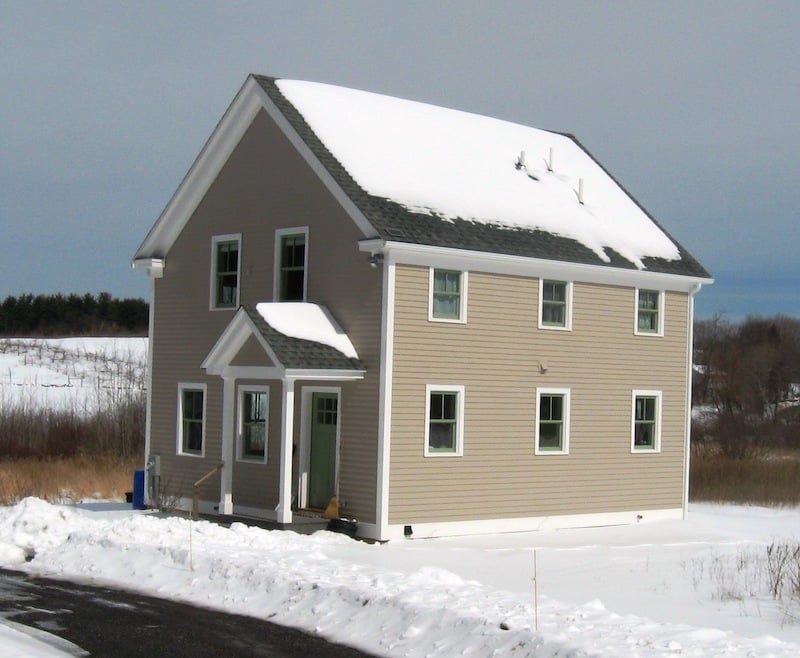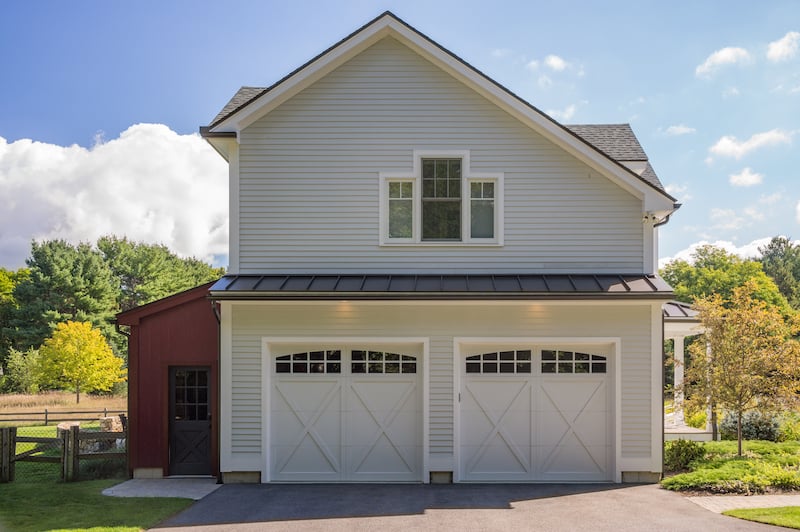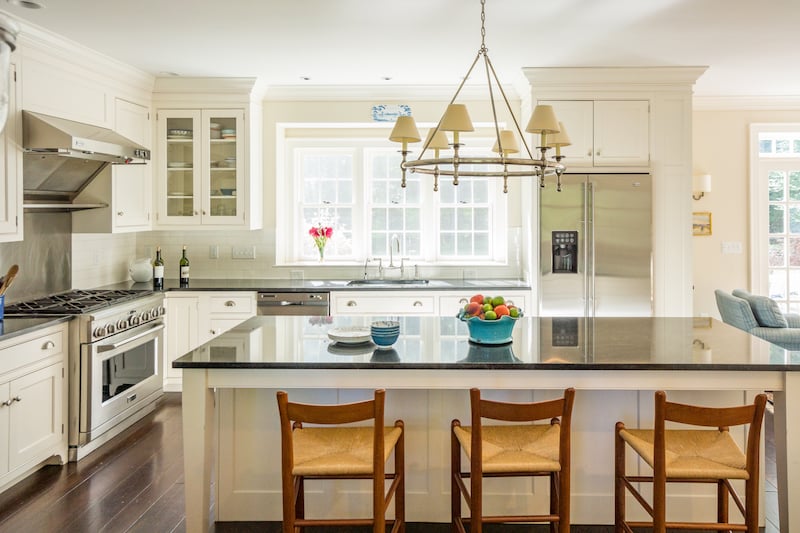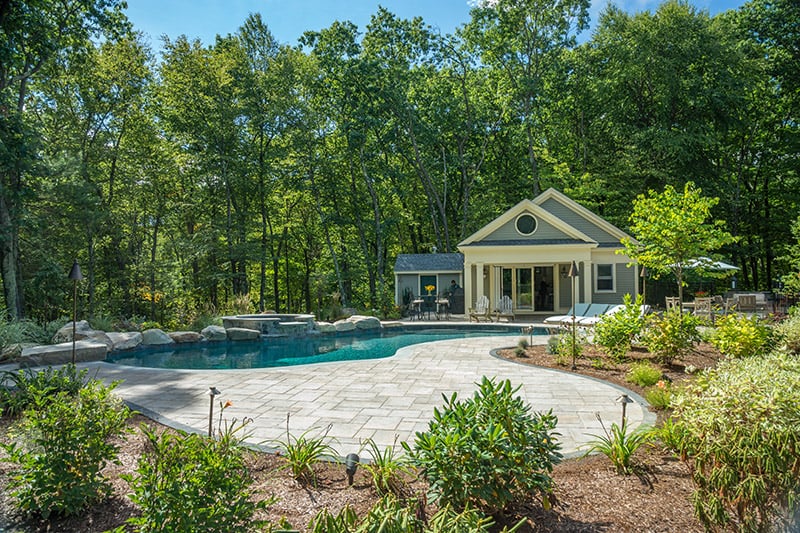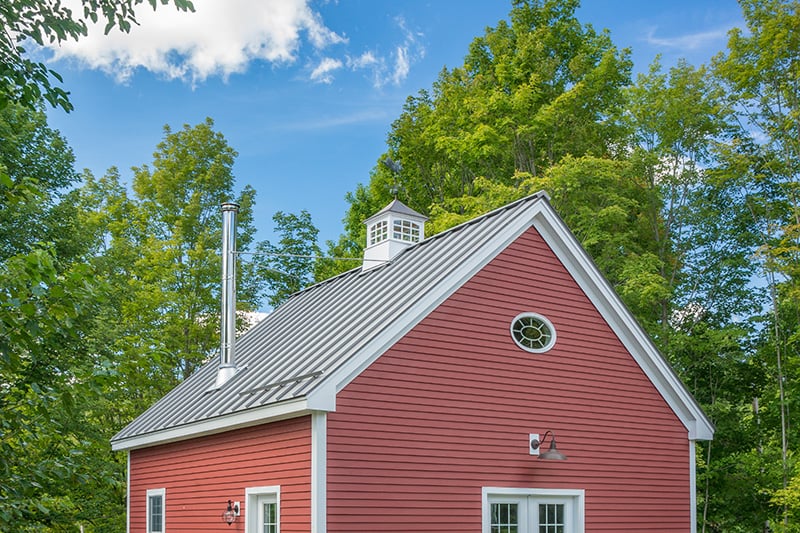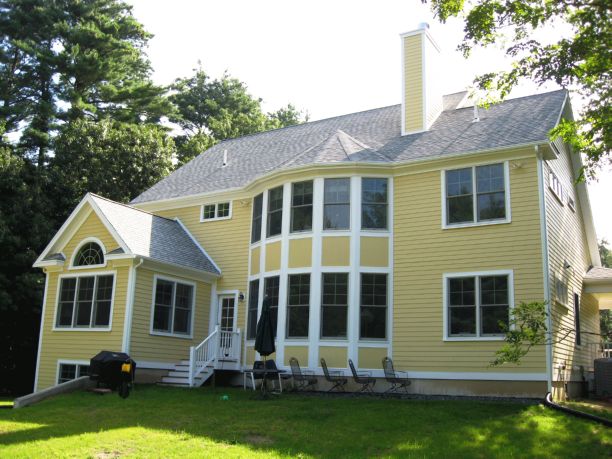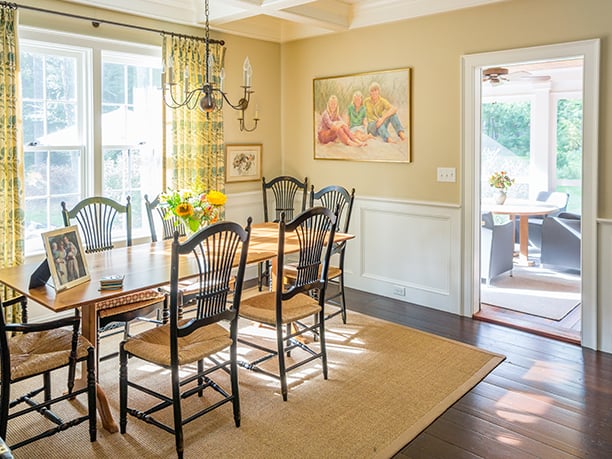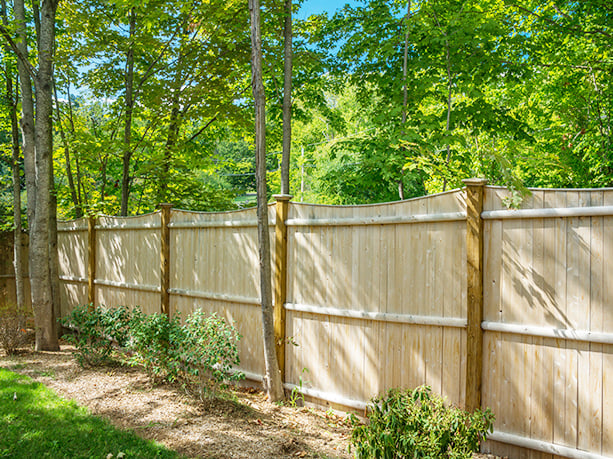Green Building
Two Storey Building is committed to utilizing and promoting green building technologies, procedures and products wherever possible.
This is smart, responsible, and productive in the long run and relatively easy to do if we educate ourselves, make informed choices, and follow some simple rules and standard procedures. Building Green is simply building better, building more efficiently, and being concerned for product choices and waste reduction.

Two Storey Building built the first Silver LEED-certified home in Massachusetts and many Energy Star Certified and Stretch Code certified homes. Doug Storey has also received the Certified Green Professional (CGP) designation from the NAHB.
Two Storey Building is registered with the EPA and is a Lead-Safe Certified Firm under the new Renovation, Repair, and Painting (RRP) Guidelines issued by the EPA. Doug, Bill, and Mat are all Certified Lead Renovators.
We all live and work in buildings. We all need shelter to survive. We all want a safe home. Green Building is a philosophy that attempts to minimize the impact of our actions on the environment and the world in which we live while creating long-lasting, efficient, healthy, high-performance homes and buildings.
Covered Entry
Every house needs roof overhangs! They protect your siding, windows and doors, keep rain off the foundation and reduce splash back. They also can provide shading. Covered entries at exterior doors help to prevent water intrusion, reducing maintenance and enhancing durability.
Solar Design
Designing for PV systems and incorporating passive solar design features like large, south-facing windows helps heat the home in the winter and allows for increased natural daylighting.
Xeriscaping
Xeriscaping, or using native plants, significantly reduces the need for watering, fertilizers, and herbicides.
Engineered Wood Product
Oriented strand board (OSB) and Laminate Veneer Lumber (LVLs) are engineered products that do not require large trees for its manufacture and use parts of the tree that may have been waste in the past. OSB and LVLs are resource-efficient and enhance durability and are used for as sheathing for walls and roofs and beams and posts in over 75% of new homes.
Windows
Windows and Doors are one of the lowest R value parts of a thermally insulated wall. Using products that exceed the Mass code of .30 U value improve the performance of the Windows and Doors. Triple Pane Windows are an improvement over Double Pane Windows. Energy-efficient windows incorporating advanced technologies like low-emittance (Lowe-E) glass coatings, gas filler between layers, and composite framing materials keep heat inside in the winter and outside in the summer.
Building Envelope
A High Performance Home will always have a very tight and continuous building envelope. This requires a continuous air barrier, where all the breaks and seams are well sealed, and a Blower Door Test demonstrates that the building has very low levels of air leakage. Massachusetts Building Code requires no more than 3 Air Changes per hour (the previous code allowed up to 7), a very tight home will have no more than 1 Air Change per hour, a Passive Home will have no more than .6 Air Changes per hour. A tight Building Envelope doesn’t happen by accident and requires meticulous detailing and testing to ensure all penetrations in the envelope are properly sealed. Aero Barrier is a sprayed air sealing mist that provides additional air sealing from inside a home in the rough stage as an added step to close the final small leaks remaining.
Insulation
Increasing the amount and R-value of insulation is a cost-effective way to save energy and help reduce heating and cooling bills, which account for at least half of energy use in the home. Sprayed insulation made of foam, cellulose or wool is an alternative to traditional glass fiber batting.
All studs and plates in wall framing cause thermal breaks in traditional cavity-filled insulation in wall construction. More than 15% of all walls are not insulated in cavity-filled construction. To eliminate thermal breaks in the thermal system exterior insulation over walls and roofs, double walls with a gap that is filled with insulation, and insulation under the slab are used.
Heating & Cooling
Selecting more efficient, correctly sized heating cooling and water-heating equipment saves money. Tankless water heaters provide hot water on demand at a preset temperature rather than storing it, which reduces or eliminates standby losses. Air Source heat pumps and Geothermal heat pumps work with the Earth’s renewable energy and can also heat water. Hot Water Pipes and HVAC Ducts should be insulated. All plumbing and HVAC penetrations in the building envelope and all Ducts, Air Handlers and Filter Boxes should be sealed. Duct leakage test should be done to measure and verify performance. Programmable Thermostats are a great way to reduce energy use by lowering the temperature in cold months during off hours of use and raises the AC level in warm months.
High Performance Homes require continuously operating exhaust or balanced ventilation systems to provide air circulation and fresh air in a tight home. Utilization of Heat Recovery Ventilators (HRV) or Energy Recovery Ventilators (ERV) will improve the performance of ventilation systems and conserve energy.
Siding
Fiber Cement siding and other composite and recycled siding products are termite and water resistant and are durable, attractive and often prefinished for a long lasting surface that doesn’t need to be repainted on a more regular basis. A vented rainscreen or dimpled house wrap behind wood siding will help moisture drain out and wood siding and finishes last longer.
Roofing
Roof overhangs help keep water away from your foundation. Longer lasting roofing products such as metal roofs and more durable asphalt
shingles won't need to be replaced as often, better flashing details prevent moisture from damaging your home.
Factory Built Components
Factory-built components including trusses and pre-hung doors allow more efficient use of raw materials, making the most out of every piece of lumber. These products eliminate the need to cut wood at the job site, further reducing waste.
Plumbing and Electrical
Plumbing:
New toilets have redesigned bowls and tanks that use less water, but function more efficiently than first-generation, low-flow models. Some use pumps for supplementary water pressure. Advanced shower and sink faucet aerators provide the same flow regardless of pressure to reduce water use and the energy required to heat it.
PEX PVC piping eliminates most of the use of copper in your home which is a safe, durable, material that won’t be predetermined to eventually fail as copper does and cause damage that needs to be remediated and replaced.
High Efficiency Water Heating such as Heat Pump Hot Water Heaters and On Demand Hot Water Heaters or Solar Thermal Hot water Systems are more energy efficient perform better than traditional systems.
Electrical Power and Lighting:
High Efficacy Lighting fixtures use much less energy. Smart strips can eliminate phantom loads of devices that are not being used. Energy Star rated appliances use less energy. Programmable thermostats allow for setbacks on HVAC equipment when not in use.
Factory Built Components
Factory-built components including trusses and pre-hung doors allow more efficient use of raw materials, making the most out of every piece of lumber. These products eliminate the need to cut wood at the job site, further reducing waste.
Plumbing
New toilets have redesigned bowls and tanks that use less water, but function more efficiently than first-generation low-flow models. Some use pumps for supplementary water pressure. Advanced shower and sink faucet aerators provide the same flow regardless of pressure to reduce water use and the energy required to hear it.
Appliances
The energy efficiency of refrigerators and freezers has tripled over the last three decades because they have more insulation, advanced compressors, better door seals, and more accurate temperature controls. Front-loading washers use about 40% less water and half the energy of conventional models. Energy Star*-rated appliances save an average of 30% over standard models.
Tree Preservation
Tree preservation reduces landscaping and future energy costs and helps provide winter windbreaks or summer shade. Additional landscaping improves the environment even moreL one tree can filter out 60 lbs of pollutants from the air each year.
Foundation
Foundations should be as well insulated as the living space walls for efficient home energy use and enhanced comfort, particularly if the basement is used as a family room or bedroom. Precast foundation walls are made with insulation already attached and install in a day to save time. Insulated Concrete Forms (ICFs) are a system built (think Lego construction) concrete wall with the insulation attached as well.
Flooring
In addition to natural wood, flooring choices include low-VOC (volatile organic compounds) carpets for better indoor air quality, laminates that successfully mimic scarce hardwood, and linoleum, a natural product making a comeback.
High Performance Home
A High Performance Home will last longer, be more healthy to live in every day and demonstrate its value over the lifetime of your home. Incorporating these features will help your home perform better than the typical code-built home.
Decking
Recycled plastic lumber and wood composite materials reduce reliance on chemically treated lumber and durable hardwood for decks, porches and fencing.
What makes a home green?
Building Your High-Performance Home
Incorporating these features will help your home perform better than the typical code-built home.
Tenants and myths of green building
Fundamental Tenants of Green Building
- Build smartly utilizing the latest advances in building science
- Increase energy efficiency and energy conservation in the construction process and lifecycle of the home. Use materials, products, and systems that have a long life cycle, demonstrate durability or come from rapidly renewable materials (such as bamboo)
- Reduce - build smaller, reduce waste and reuse (remodel vs. build new), recycle and salvage where possible
- Minimize the use of products that are energy intensive to produce or are harmful to our environment and our health
- Be reasonable - do what you can, what you feel strongly about and what you can afford - every bit helps
Myths about Green Building
- It costs too much
- It does cost more to build a home better, but isn’t it worth it? We’ll help you understand the options and cost differences.
- It's too hard
- It takes a plan but it is doable.
- You can't find the products
- We have. Many contractors won’t do it and don’t know how to do it. We always build using the latest advances in building science and we do have the expertise to do it right!
- I need to do everything to make it worth it
- You don't have to try to be 100% green (which is probably impossible) to make a difference.
Green changes in the building industry in last 20 years
- Better interior air quality - concern for harmful products in our homes
- Low U value windows are twice as energy-efficient as in the '80s
- Energy Star appliances and lighting
- Heating systems - 85% efficiency or better
- More insulation - the more the better
- Tighter building envelopes
- Water conservation and Site development considerations
- Code requirements for building envelope, insulation, venting, natural lighting
- Engineered lumber
- Composite products - decking and railings, exterior trim, siding
- Structural Insulated Panels (SIPs) and Insulated Concrete Forms (ICFs)
- Increased use of Photovoltaics, Geothermal, and more efficient heating systems, Alternative and renewable energy sources
A Two Storey Building Green Home
Site Work
Minimal disturbance to site (less than 1/3rd), maximum southern solar exposure, no lawn watering systems.
Air Circulation
A tight house requires mechanical ventilation including a Heat Recovery Ventilator (HRV) and an automatic bathroom fan on timers
Frame
Structural Insulated Panels (SIPs) for maximum energy efficiency (R25 in walls, R40 in roof), factory built for production efficiency and yielding superior waste reduction
Building Envelope
Super tight with taped seams on all house paper, advanced window and door flashing techniques, and vented siding rainscreen
Siding
Preprimed red cedar clapboards (including edges) over vented rainscreen
Windows
Energy Star Rated Low U High efficiency with Low E Argon filled double pane glass
Lumber
FSC Certified and formaldehyde free lumber for all interior millwork, Engineered lumber included OSB panels
Deck Material
Recycled plastic lumber made from recycled HDPE plastic containers
Roofing
30 Year Asphalt shingles over roofing paper barrier with bituminous membrane on the rakes and soffits, aluminum drip edge, large overhanging soffits (12”)
Heating System
High efficiency (95%+) appropriately sized gas boiler with radiant heat throughout, and programmable thermostats
Plumbing
Low flow toilets (1.5GPF), shower and sink aerators for reduced water use, all hot water pipes insulated
Finishes
Low VOC finishes throughout including ecostar paint and water based varnishes
Foundation
25% Recycled Fly Ash content in mix
Lighting
Use of Compact Fluorescent Lightbulbs (CFLs)
Appliances
Energy Star Rated
Flooring
Locally Harvested and Produced renewable hardwood flooring
Counters
Material Reuse of Bowling Alley for counters
Rain Barrel
For roof drain water reuse
Recycling Plan
Resulted in 60% reduction in waste and 94% of waste material being recycled
Eager to start our project with us?
Green Building Products
Bedford Technology: Recycled Plastic Products
Energy Star Residential Windows, Doors & Skylights
Panasonic Whisper Fans - Quiet bathroom ventilation
Ductless Minisplit HVAC - Energy efficient heating and cooling
Green Books
Your Green Home By Alex Wilson
Green Remodeling by David Johnston and Kim Master
The Company We Keep by John Abrams
Chelsea Green Publishing Books About Green Building
New Society Publishers Green Building
Building Green Bibliography Items Related to Green Building
Green Certification Programs and Rebates
Energy Star Homes -ENERGY STAR is the government-backed program that helps us all save money and protect our environment with energy-efficient products and practices. Whether you are looking to replace old appliances, remodel your home, or buy a new house, ENERGY STAR can help. More than 60 types of products, including appliances, televisions, computers, heating and cooling equipment, and even new homes can earn the government's ENERGY STAR label. ENERGY STAR also offers best-practice solutions to make your home more comfortable and reduce your energy costs
Mass Save - Rebates available in Massachusetts
U.S. Green Building Council - LEED for Homes
Building Green - Green Spec analysis of products
Building Science & Research
Green building links

Electric Car Design
Designing for location and wiring for electric car charging stations to prepare for the transportation modes of the future.

